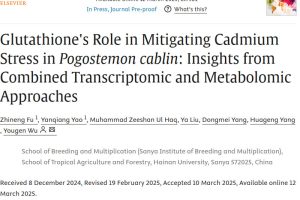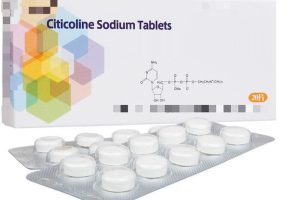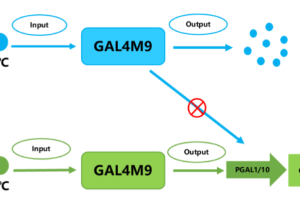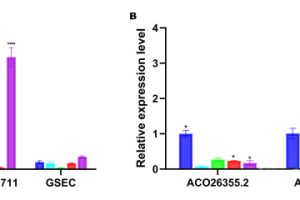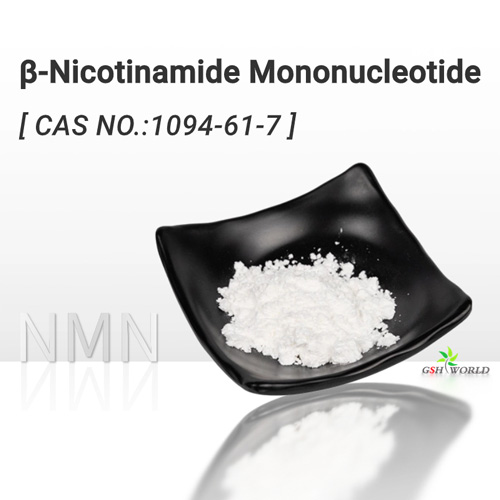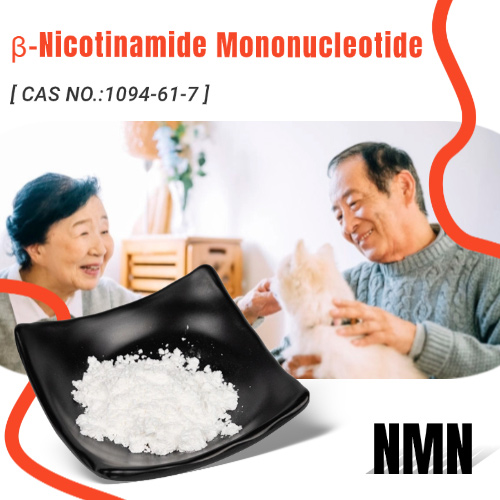When NMN enters the body, it is translated into NAD +, a key coenzyme that activates the long-lived protein Sirtuins.
Even if there are only a few white hair, it is particularly eye-catching on the head.
Middle-aged people and some young people with “white hair” always complain about the impact of white hair on personal image.
Many people can not help but ask: After the hair turns white, can it be black again?
Sirtuins proteins play an important role in metabolic regulation, DNA repair and anti-oxidative stress of cells.
Sirtuins 3 plays a key role in regulating mitochondrial function and energy metabolism, and Sirtuins 6 is involved in DNA repair and telomere maintenance.
When these longevity proteins are activated, they help to improve the living environment of hair follicle cells, and make the metabolism of hair follicle cells more vigorous and the function more perfect.

Enhanced activity of hair follicle cells can provide more favorable conditions for hair growth, promoting hair growth and pigmentation to a certain extent, which may gradually darken white hair.
Proper mitochondrial function of hair follicle cells is essential for hair growth and maintenance of color.

NAD + improves the efficiency of mitochondrial energy production and promotes mitochondrial biosynthesis.
The enhanced mitochondrial function can provide sufficient energy for hair follicle cells and reduce the damage of hair follicle cells caused by oxidative stress.
Hair follicle cells in a good energy supply and low oxidative damage environment, its ability to produce melanin may be restored, so that the hair color gradually return to normal.
NMN may affect the expression of genes related to hair color
For example, genes related to melanin production such as MITF (melanocyte induced transcription factor), TYR (tyrosinase), TYRP1 (tyrosinase-associated protein 1), and TYRP2 (dopamine pigment tautomase).

The normal expression of these genes is essential for the synthesis of melanin and the maintenance of hair color.
NMN regulates the expression of these genes associated with melanin production by affecting intracellular signal transduction pathways such as MAPK (mitogen-activated protein kinase) and PI3K-Akt (phosphatidylinositol 3-kinase-protein kinase B).
When the expression of these genes is regulated, the activity of melanocytes and the ability to synthesize melanin may be improved, resulting in an increase in the amount of melanin in the hair and a gradual darkening of white hair.
Animal experiments: Scientists at Harvard Medical School and Professor Ichiro Kanai’s team in Japan have shown in experiments that the enzyme that syntheses NMN in the blood of young mice is injected into the body of old mice, and the hair becomes black and thick.
This finding provides strong evidence for the role of NMN in promoting hair blackening.
In general, after three months of NMN supplementation, hair may gradually darken.
However, this time is not absolute, and may vary depending on factors such as individual physique and the purity and absorption rate of NMN products.


